Disclosure: This article contains affiliate links. We may earn a commission from purchases at no extra cost to you, which helps our travel content.
The morning light in Santa Fe hits differently. It bathes the adobe buildings in a warm, golden glow that feels almost sacred – which seems fitting for a place where art and spirituality have been intertwined for centuries. My week exploring the indigenous heritage of this high desert city left me transformed, not just as a photographer but as a human connecting with stories told through generations of skilled hands and resilient spirits.
Understanding Santa Fe's Indigenous Roots
Before diving into Santa Fe's vibrant indigenous art scene, I felt it essential to ground myself in the historical context of this special place. Santa Fe sits on the ancestral lands of the Tewa-speaking Pueblos, with a complex history spanning over 1,000 years before European contact.
On my first morning, I joined a walking tour led by a Pueblo guide who shared perspectives rarely found in guidebooks. I'd prepared by reading Indigenous New Mexico, which offered crucial context about the 19 Pueblos and their distinct traditions.
What struck me most was learning how the famous adobe architecture – now synonymous with Santa Fe style – originated from indigenous building practices long before Spanish colonization. The city's iconic Palace of the Governors, the oldest continuously occupied public building in the U.S., stands as a physical timeline of these cultural intersections.
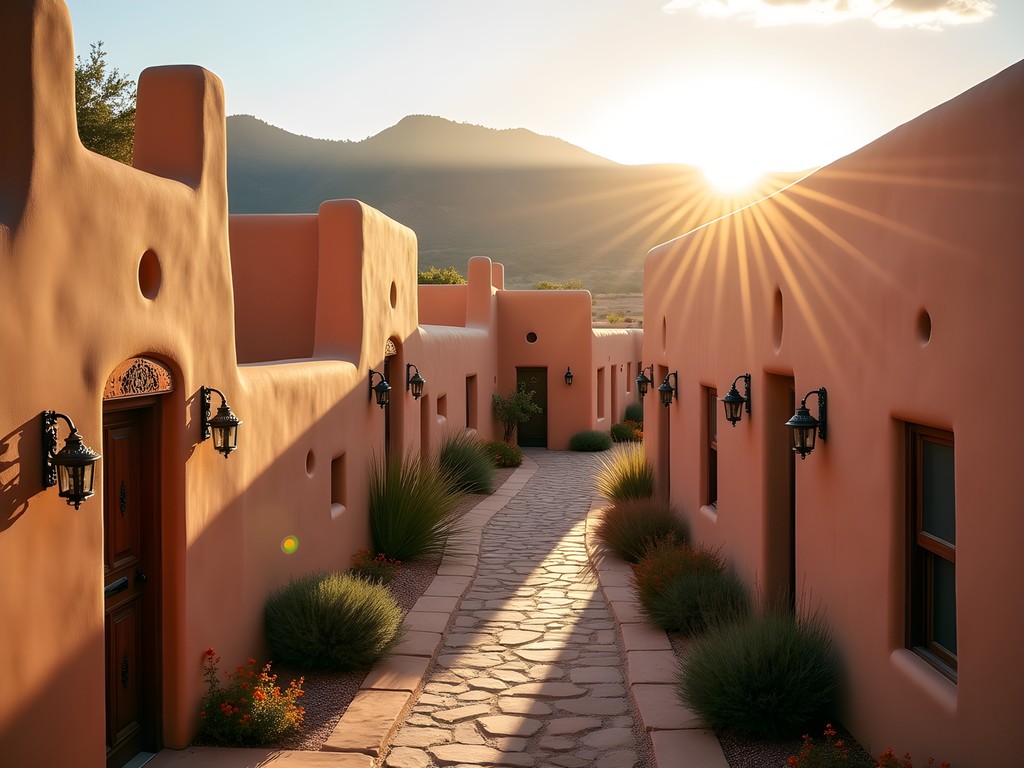
💡 Pro Tips
- Book indigenous-led tours at least a week in advance as they often sell out
- Visit the New Mexico History Museum first to gain historical context
- Remember that each Pueblo has its own language, governance, and artistic traditions
Navigating the Santa Fe Indian Market
If you're planning your Santa Fe visit in August, the Santa Fe Indian Market should anchor your itinerary. As someone who's experienced art markets across five continents, I can confidently say nothing compares to this gathering of over 1,000 indigenous artists from more than 200 tribes across North America.
I spent two full days wandering the plaza, my crossbody bag (a lifesaver for keeping essentials secure while leaving hands free for photography and purchases) filled with my market essentials. The atmosphere buzzes with creative energy as artists showcase everything from traditional pottery and textiles to contemporary painting and sculpture.
My most treasured purchase? A small silver pendant from a Zuni artist who explained how his family has passed down silversmithing techniques for five generations. I was particularly moved by his story of incorporating traditional symbols into contemporary designs – a perfect metaphor for indigenous art's living, breathing evolution.
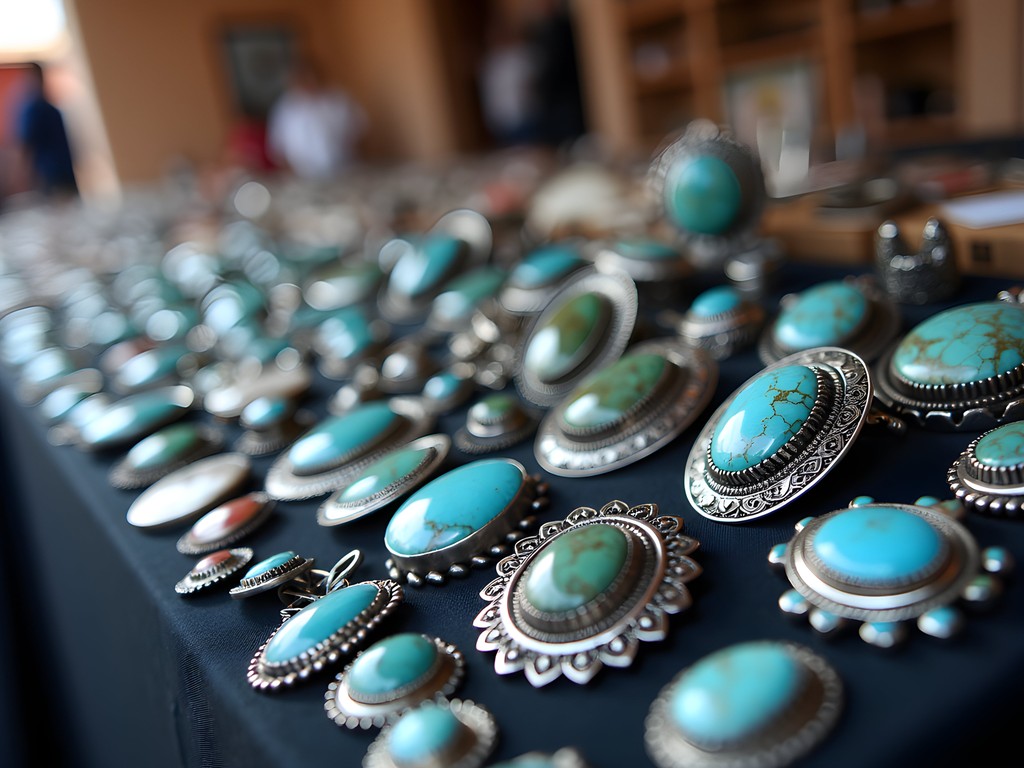
💡 Pro Tips
- Arrive at the Indian Market early (7-8 AM) to avoid crowds and have meaningful conversations with artists
- Bring cash as many artists, especially those from remote areas, don't accept cards
- Ask permission before photographing artists or their work
Museum of Contemporary Native Arts: Beyond Stereotypes
While Santa Fe offers several world-class museums featuring indigenous art, the Museum of Contemporary Native Arts (MoCNA) delivered the most profound experience for me. Located in the historic Santa Fe Federal Building, MoCNA houses the country's most progressive collection of contemporary indigenous art.
What sets this museum apart is its commitment to showcasing living indigenous artists who challenge stereotypes while honoring their cultural heritage. During my visit, an exhibition featuring mixed-media installations explored themes of environmental justice through indigenous perspectives – a powerful reminder that Native American art isn't frozen in time but actively engaging with today's most pressing issues.
I spent hours in the museum store afterward, eventually selecting a beautiful art book and a handwoven basket made by a Hopi artist – now one of my favorite containers for storing photography accessories at home.
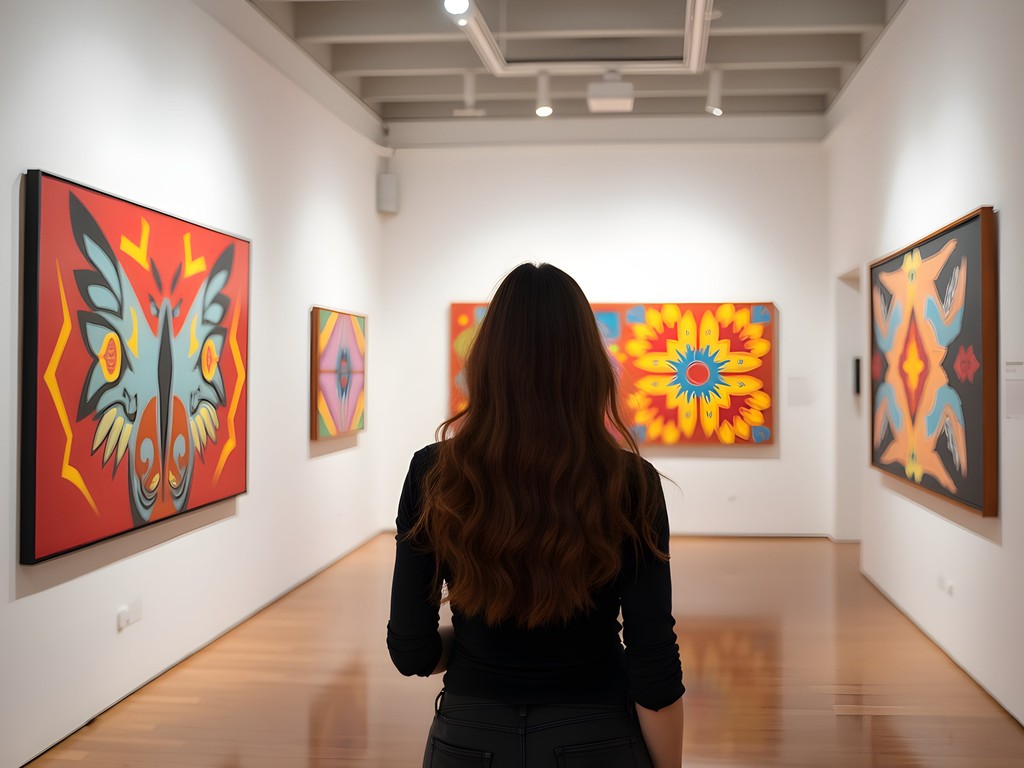
💡 Pro Tips
- Check the museum's calendar for artist talks and demonstrations
- Allow at least 2-3 hours to fully appreciate the exhibitions
- The museum offers student discounts with valid ID
Immersive Cultural Experiences: Beyond Observation
My most memorable experiences in Santa Fe came from participatory cultural encounters that went beyond mere observation. At the Poeh Cultural Center in nearby Pojoaque Pueblo, I joined a half-day pottery workshop where a Tewa artist taught traditional coiling methods using clay gathered from the surrounding landscape.
The pottery tools I brought along proved unnecessary – our instructor provided traditional tools made from gourds and wood that connected us to centuries of artistic practice. My humble pot won't win any awards, but creating it while learning about clay's spiritual significance offered insights no museum placard could provide.
Another highlight was attending a feast day at one of the nearby pueblos. These ceremonial days when pueblos welcome respectful visitors provide rare opportunities to witness living traditions. I watched in awe as dancers moved in patterns unchanged for centuries, their moccasins creating gentle rhythms in the dust – a reminder that what might appear as 'performance' to outsiders is deeply spiritual practice for participants.
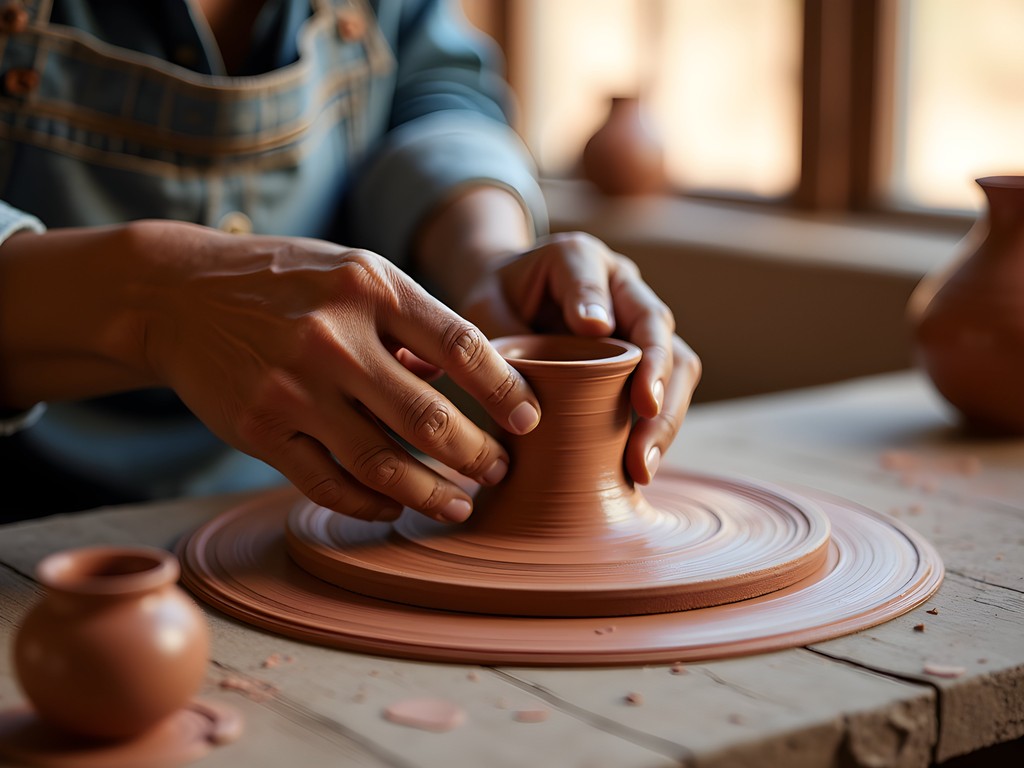
💡 Pro Tips
- Always confirm which feast days are open to visitors and follow all photography/recording restrictions
- Book workshops through established cultural centers rather than commercial operators
- Dress modestly and respectfully when visiting pueblos (covered shoulders, longer skirts/pants)
Ethical Shopping: Supporting Indigenous Artists Directly
Beyond the Indian Market, Santa Fe offers year-round opportunities to purchase authentic indigenous art. However, navigating this landscape ethically requires awareness of the unfortunate prevalence of counterfeit Native American art.
The Portal Program at the Palace of the Governors remains my top recommendation for everyday purchasing. Here, indigenous artists sell their work directly under the building's historic portal (porch), with strict verification ensuring authentic Native-made items. I spent mornings here with my insulated water bottle, chatting with artists while admiring their work displayed on colorful Pendleton blankets.
For higher-end purchases, I researched galleries with established relationships with indigenous artists who receive fair compensation. The IAIA Museum of Contemporary Native Arts store and the Case Trading Post at the Wheelwright Museum both maintain ethical standards while offering exceptional art.
My most meaningful purchase? A small painting from a Diné (Navajo) artist who explained how she incorporates traditional sand painting techniques into contemporary compositions – a perfect example of living tradition.
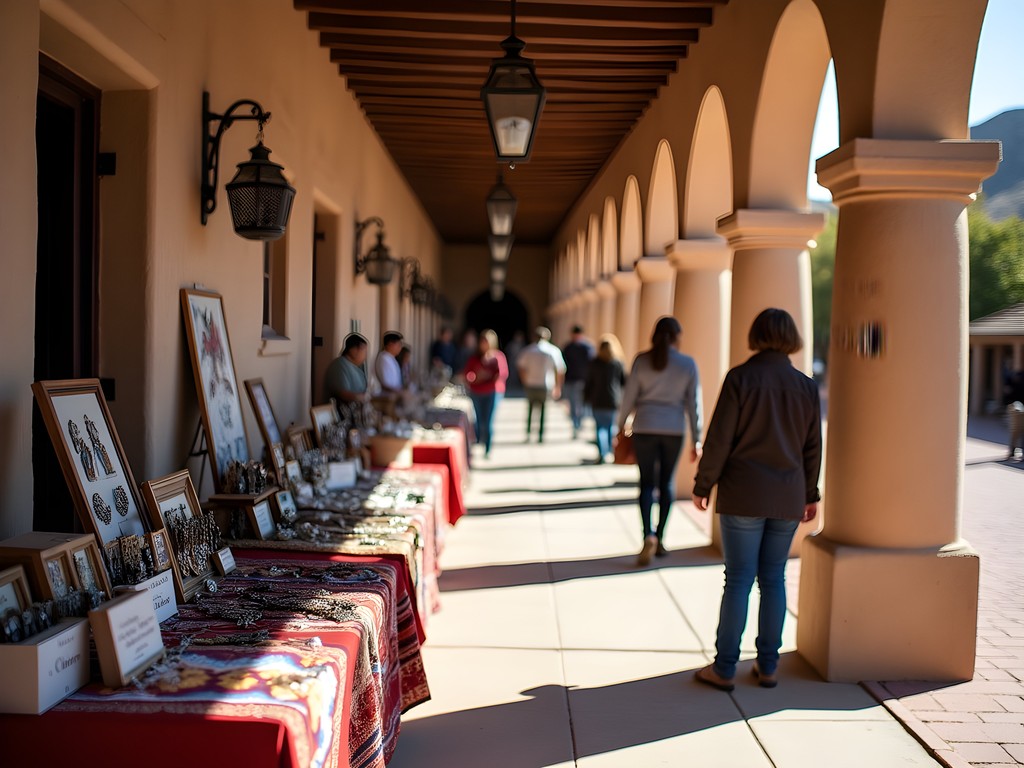
💡 Pro Tips
- Ask for authenticity certificates for significant purchases
- Be suspicious of deeply discounted 'Native-inspired' items in tourist shops
- Learn about the Indian Arts and Crafts Act which protects against misrepresentation
Final Thoughts
As my week in Santa Fe drew to a close, I found myself sitting on a bench in the plaza, watching the last golden light illuminate the adobe buildings. My camera remained in my bag – some moments deserve to be experienced rather than captured.
What I've taken away from Santa Fe goes far beyond the pottery and jewelry carefully wrapped in my luggage. I've gained a deeper appreciation for indigenous art as not just beautiful objects but as living cultural expressions with unbroken connections to ancient traditions.
If you're considering a cultural journey to Santa Fe, I encourage you to come with an open heart and a willingness to listen. The stories woven into the art here have survived centuries of challenges, and by engaging respectfully, we become small threads in their continuing narrative. This city has taught me that the most meaningful souvenirs aren't things at all, but rather new perspectives that transform how we see the world long after we've returned home.
✨ Key Takeaways
- Prioritize indigenous-led experiences for authentic cultural understanding
- Research the specific cultural protocols before visiting pueblos or attending ceremonies
- Support Native artists directly through verified venues like the Portal Program
📋 Practical Information
Best Time to Visit
Summer (especially August for Indian Market)
Budget Estimate
$150-250/day including mid-range accommodations
Recommended Duration
5-7 days
Difficulty Level
Moderate
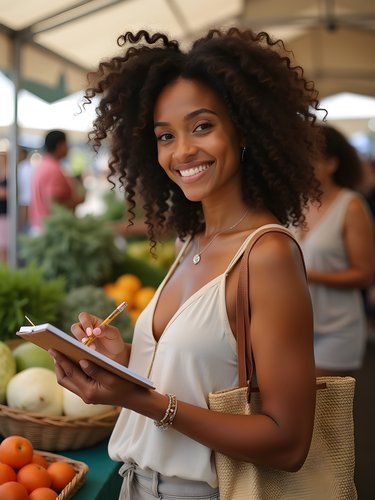
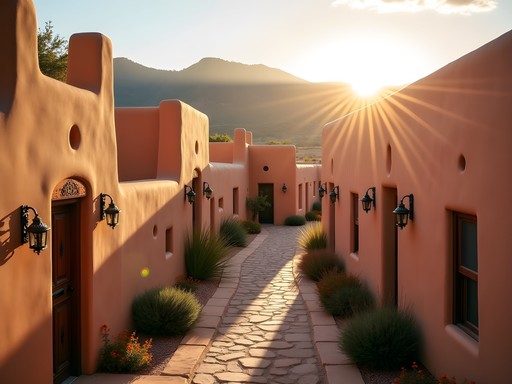
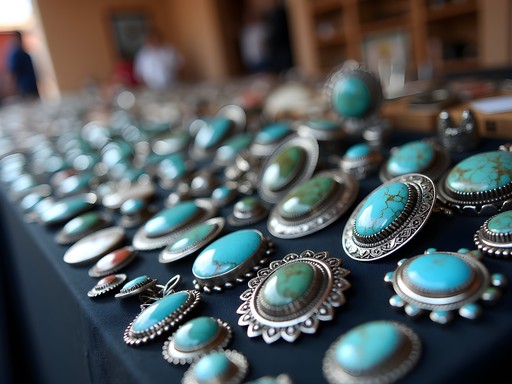
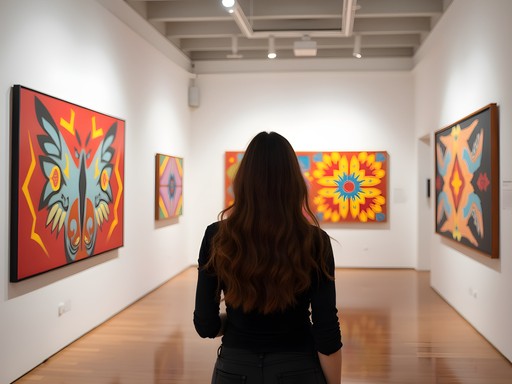

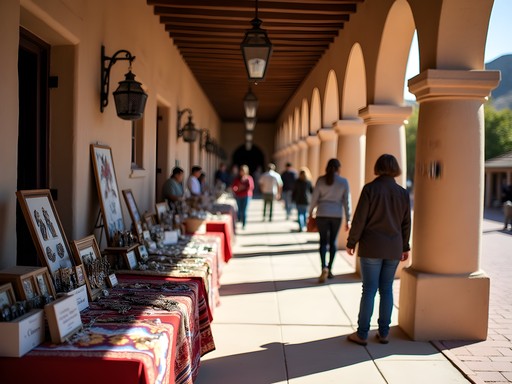



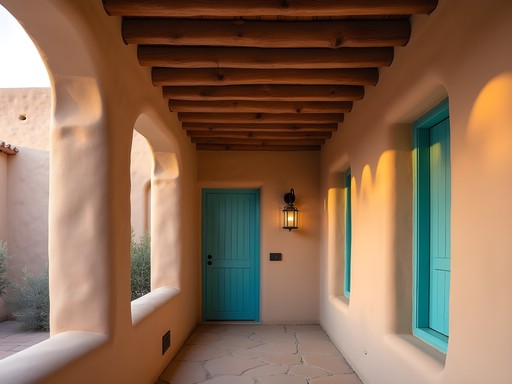
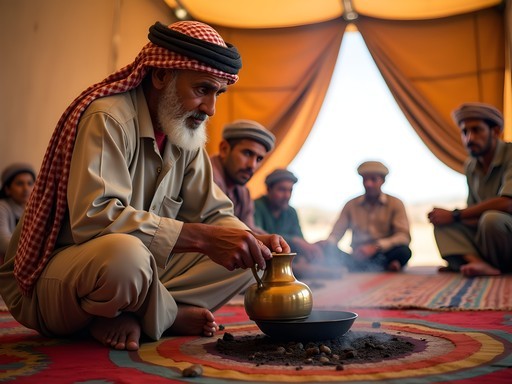

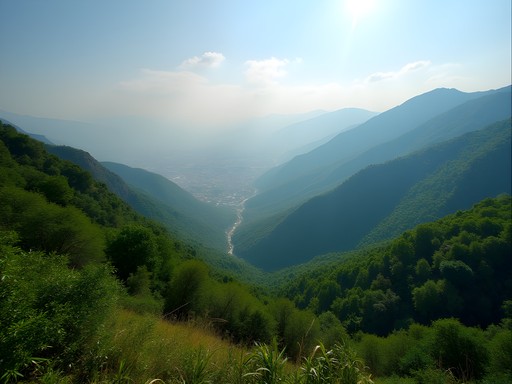
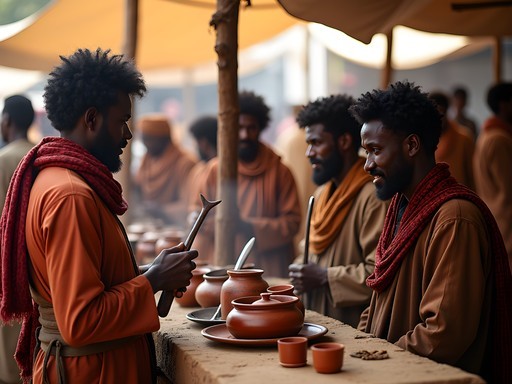
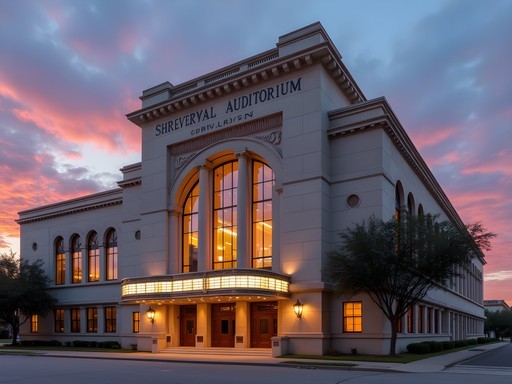

Comments
nomadlife
This post couldn't have come at a better time! I'm planning my first trip to Santa Fe next spring. Is the Indian Market something that happens year-round or is it seasonal? Would love to time my visit right.
adventurevibes
The big Santa Fe Indian Market is in August - definitely worth planning around if you can! There's also a smaller Winter Market in November.
nomadlife
Thanks for the tip! Might have to adjust my dates.
wildninja4211
This is exactly what I've been looking for! Planning to visit Santa Fe next spring. Did you find the Museum of Contemporary Native Arts crowded? Wondering if I should book tickets in advance.
Claire Mason
It wasn't too bad when I visited! Weekday mornings are definitely quieter. No need to book in advance unless you're going during Indian Market week in August.
wildninja4211
Perfect, thanks! Looking forward to seeing those contemporary pieces you mentioned.
starwalker
Claire, your description of that Santa Fe morning light is spot on! I was there last summer and kept waking up early just to watch the sunrise hit those adobe walls. The Indian Market was a highlight for me too - I ended up talking with a Zuni artist for over an hour about his turquoise work. Did you get to visit any of the pueblos outside the city? Taos Pueblo was incredible and really complemented what I learned at the Museum of Contemporary Native Arts.
Claire Mason
Thanks starwalker! Yes, I did make it to Taos Pueblo - absolutely breathtaking. The living history there adds so much context to what you see in the museums and markets in Santa Fe.
starwalker
Glad you made it there! That multi-story adobe architecture dating back centuries is something I'll never forget.
Venture X
Premium card with 2X miles, $300 travel credit, Priority Pass